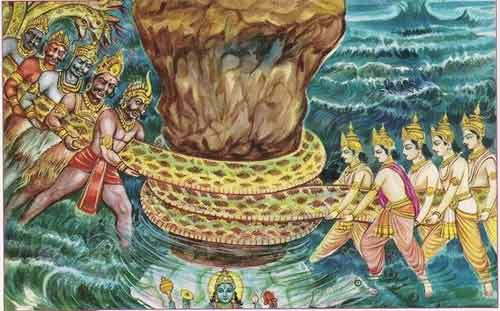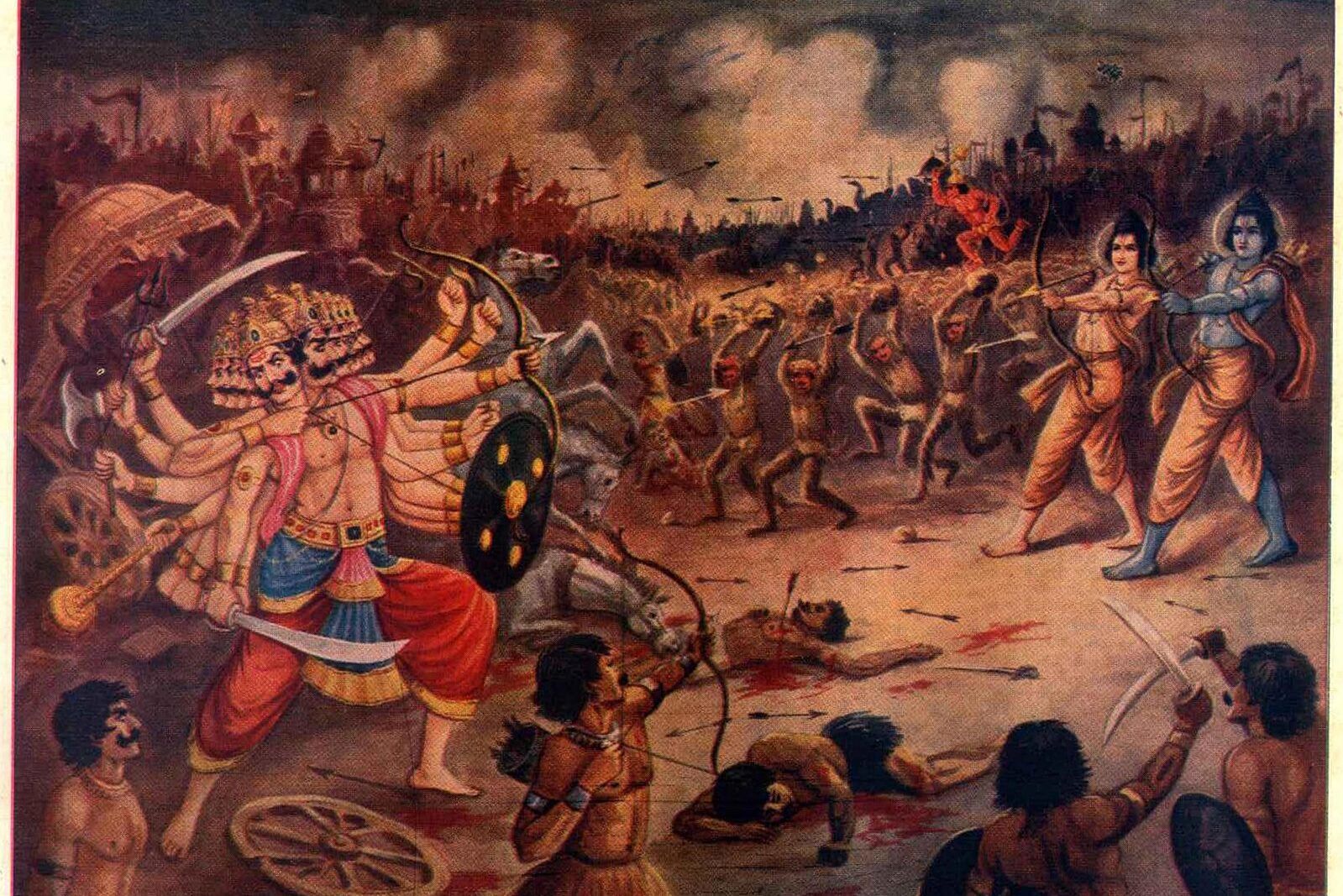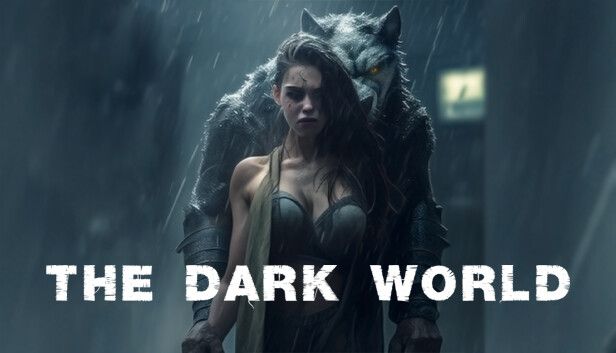
Ashura the Story of the Vanquished: Ramayana From Ravan’s Lenses
Ramayana is a story of devotion. A brother’s devotion to his elder brother. It is a tale of a son’s devotion to his father. It is a story about the greatest devotee: Hanuman.
It is an epic about values, morals and ideals.
But what if you try to relate it in terms of material world? How would Ramayana look if you view it through Ravan’s lenses and try to contextualize it with a world filled with other emotions like greed insecurity, hate and revenge.
Anand Neelkanthan, a prolific writer beautifully portrays Ramayana through Ravan’s lenses in a manner relevant to the material world. The main message articulated is still the same: how Ravan’s anger clouds his intellect, his pride disrupts his vision, and how ideas manifest when their time have come.
However, the Ramayana in Anand Neelkanthan book revolves around Ravana, the King of the Ashuras and his servant Bhadra.
Instead of values, moral, ethics and promises, the story shed light upon the imperfections within the characters, the injustices and the insecurities.
In other words, “Ashura: The Story of the Vanquished” presents the other side of the story. The thought processes, some dark aspects, the violence and the imperfections prevalent in the society.
In some way, it also tries to present the human attributes of lust, greed, hatred, conspiracies within mortal elements of this world.
Here are some of the interesting aspects of the book:
1. No Heroes, No Villains

The book highlights the predicaments and the situation that influences Ravana to become what he became. Instead of portraying Devas in good light and Ashuras in bad light, the book presents a world where Mahadeva is worshipped by all, but the demigods or devas, Vadhara and Ashura are distinct races with their own interests and value systems.
The Ashura and Devas have their own characteristics, societies and school of thoughts and are in constant warfare for honor, power and land. The author makes an attempt to present the good and bad sides of both of them, emphasizing on attributes rather than vilifying the Ashuras. Even Mayans, an ancient civilization has some space in the story.
Ravana, the central character of the book is presented with all his shortcomings, insecurities, hardships and human attributes.
Similarly, Bhadra, who seems analogous to Hanuman also is a servant but not a devotee. He tries to impress his master, but unlike Hanuman in the Valmiki Ramayana, he is full of insecurities, has his own interests and is not devoted.
However, like Hanuman, he makes critical events happen that shaped the destiny of Ravana.
2. The 10 Heads of Ravana

The story makes it clear that in order to win the world Ravana was advised very clearly by his gurus: “Ravana I believe the world will be yours, unless you forget the ten lessons I have just mentioned. I believe Brahma has done enough for you to shed the nine thinking from you. Only the most important one, the mind remains.”
However, the story shows how Ravana rejects this advice and feels it is necessary that he experiences emotions of hate, sadness, pain and lust for his “meaningful” life. In a subtle manner, the story is not only about Ravan’s rise and fall, but also how these “10 heads” influence and shape his destiny.
The story in a very beautiful manner shows how these 9 heads Kama (lust), Krodha (anger), Moha (delusion), Lobha (greed), Mada (pride), Maatsyasya (envy), Buddhi (intellect), Chitta (will) and Ahamkara (the ego) gradually engulfs his tenth head or Manas and sows the seeds of his destruction.
3. The Idea of Dharma

Fulfilling one’s dharma, which roughly translates into duty or consciousness is a cornerstone of the Hindu philosophy be it Mahabharata or Ramayana.
Here, the author portrays how Ashuras have also defined their own Dharma, which Ravana states as “Our Dharma was based on simple things: a man should be true to his word, he should speak from his heart and should not do anything he considered wrong.”
This differed from the Deva’s concept of Dharma, which includes many rituals and different ideals.
4. The world of violence, lust, interests, revenge and pain

Through the shade of realism, the author also sheds light on the social problems and elements of violence, lust, interests, revenge and pain. In a manner, the author highlights the problems and issues one needs to encounter if everything is based only on interests and greed. There are a lot of “Masalas” in the story, non-ideal elements, revenge, violence, the interpretation of a lawlessness, and chaos.
The book is not an ideal for one looking to read the ideal Ramayana, especially the Valmiki Ramayana, but interestingly to anyone, who would like to develop a different perspective and take it a “Story of Rise and Fall” and how “10 heads shape and seal the fate of an Ashura King”.
Also, through the book, Anand Neelkanthan articulates a subtle but powerful idea. It looks like the writer is trying to say: The Valmiki Ramayana, which emphasizes largely upon ideals and values brought in pain to Rama, Lakshmana, Seeta, King Dashratha and many more. The Ashura version on the other hand too makes it clear the greed and interests alone result in unending misery and pain.
Perhaps the best option would be a “Middle” path, balanced somewhere between values and interests.
Appreciate the creator